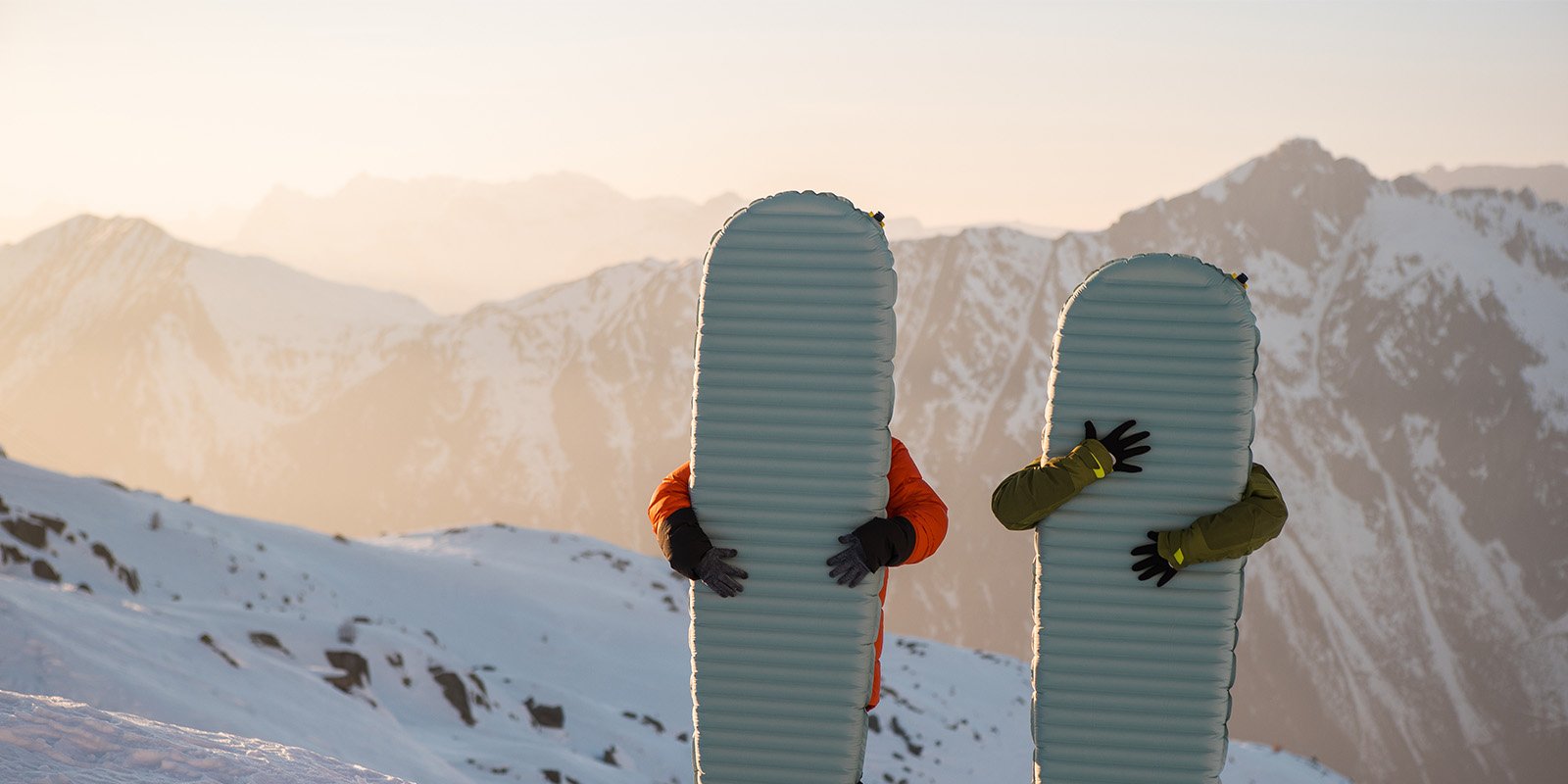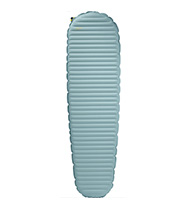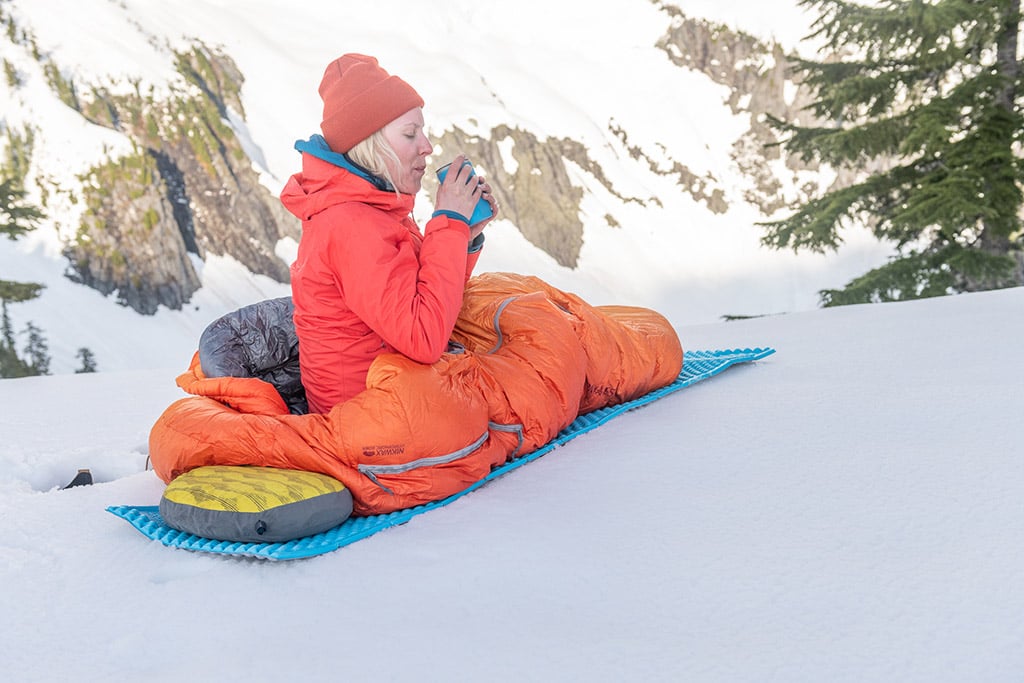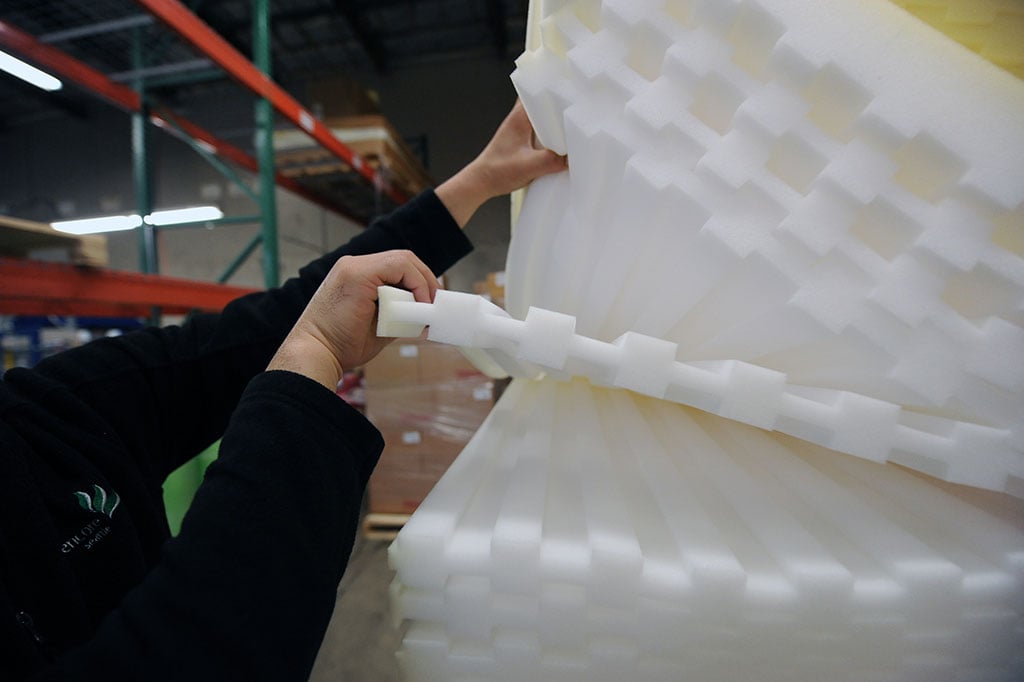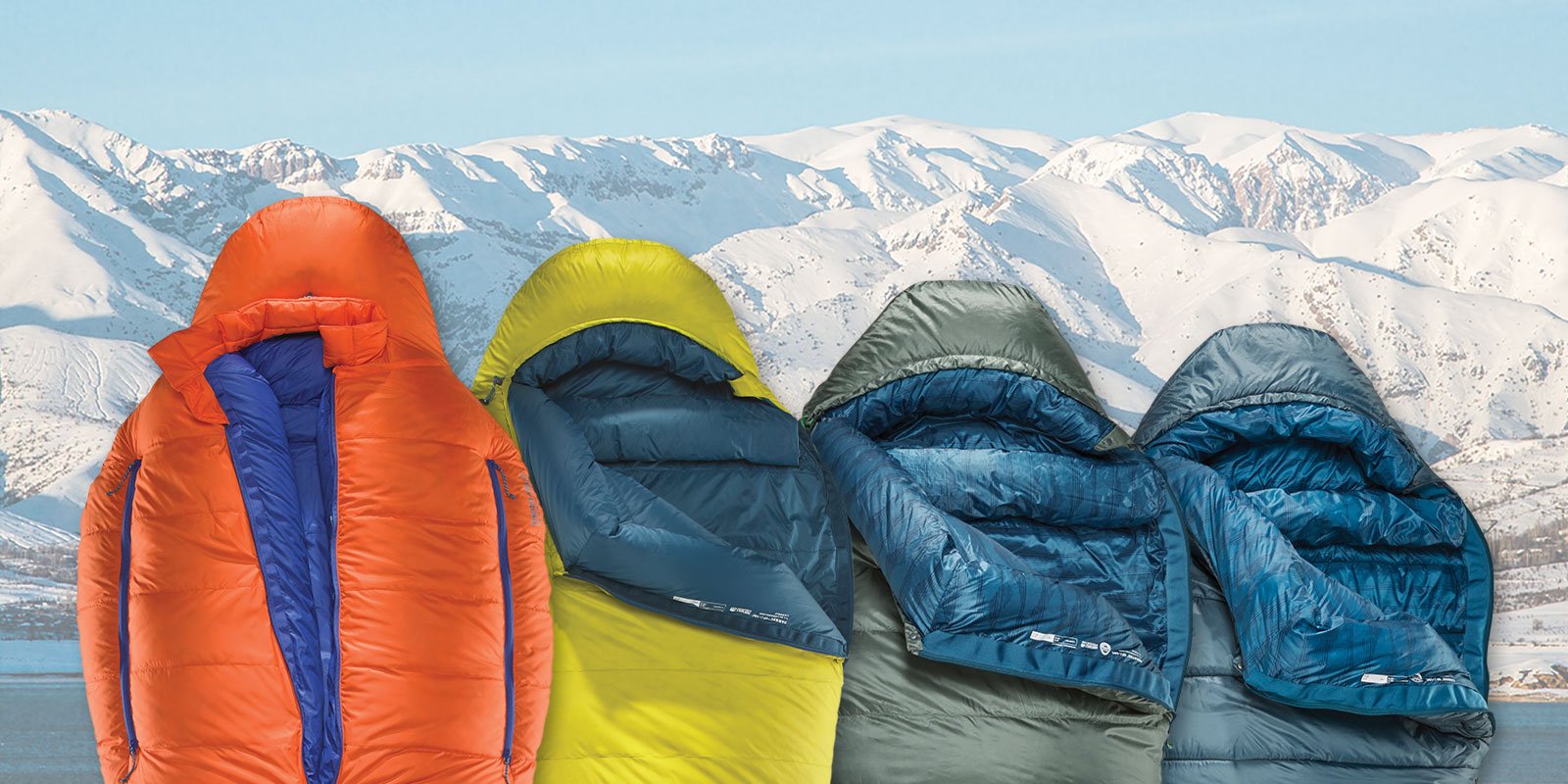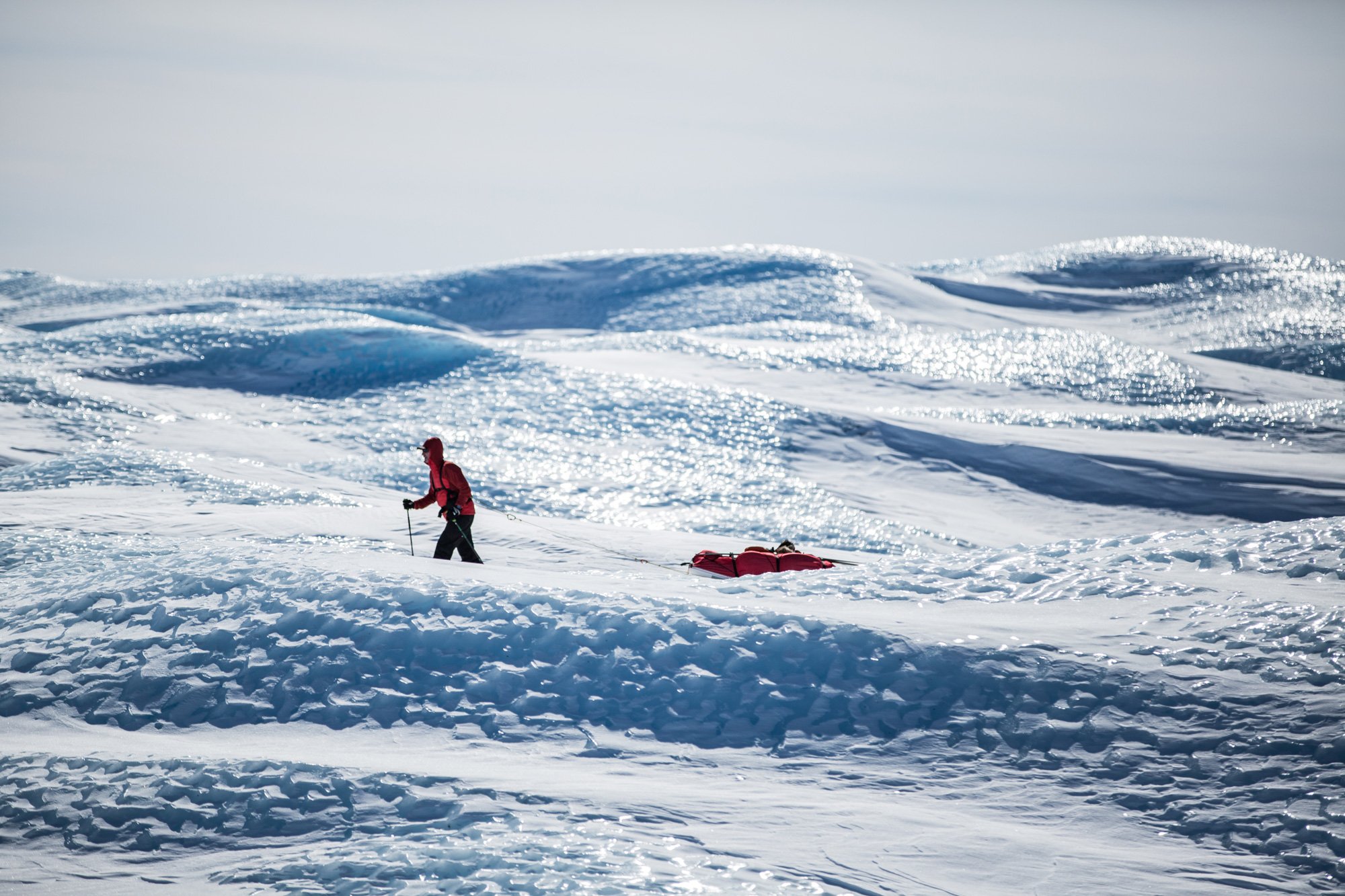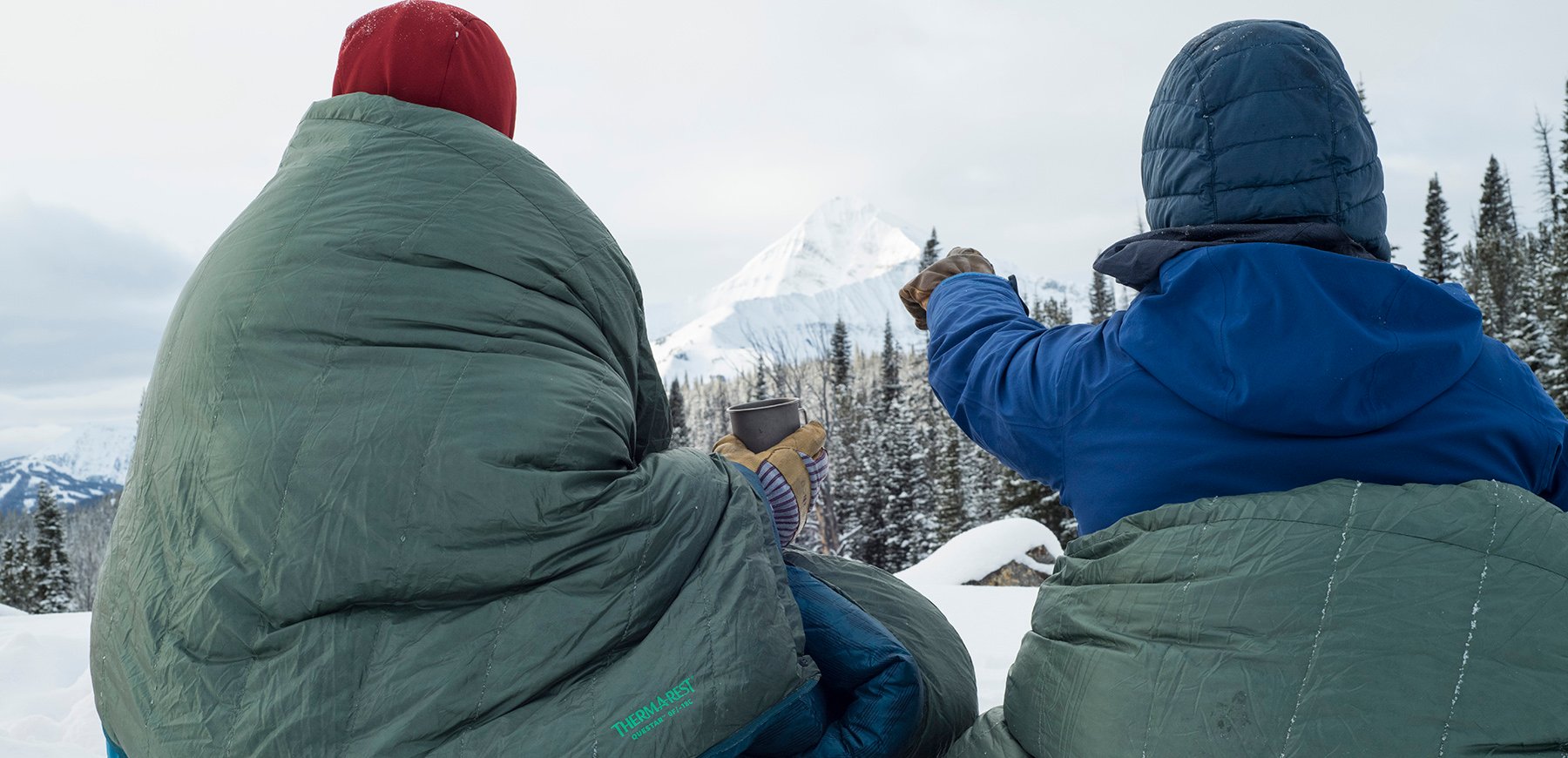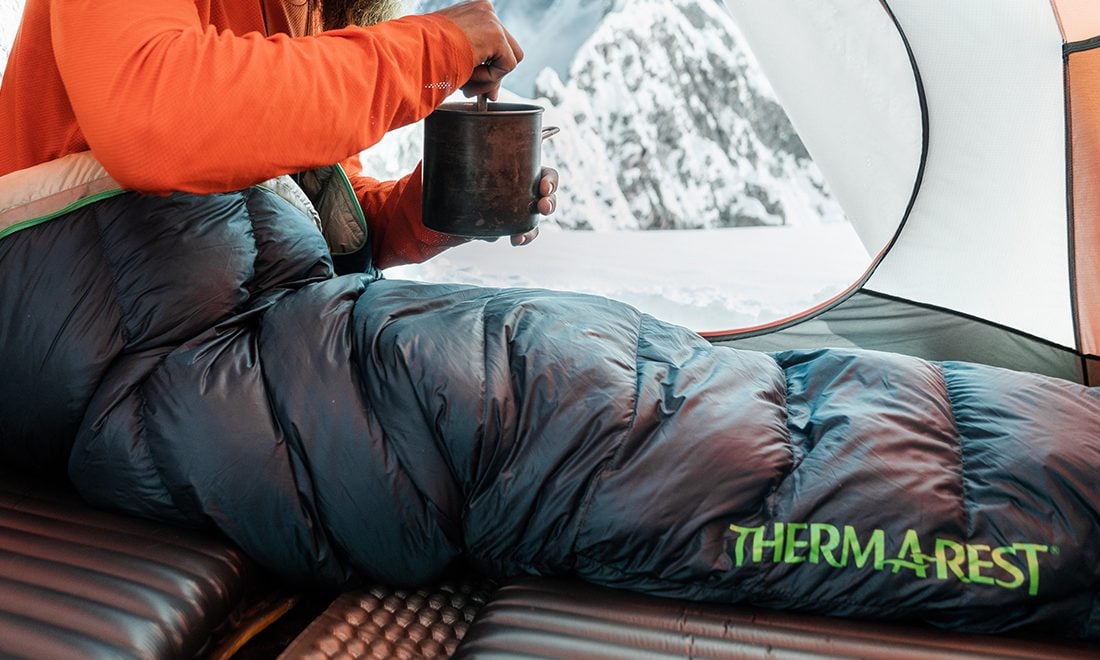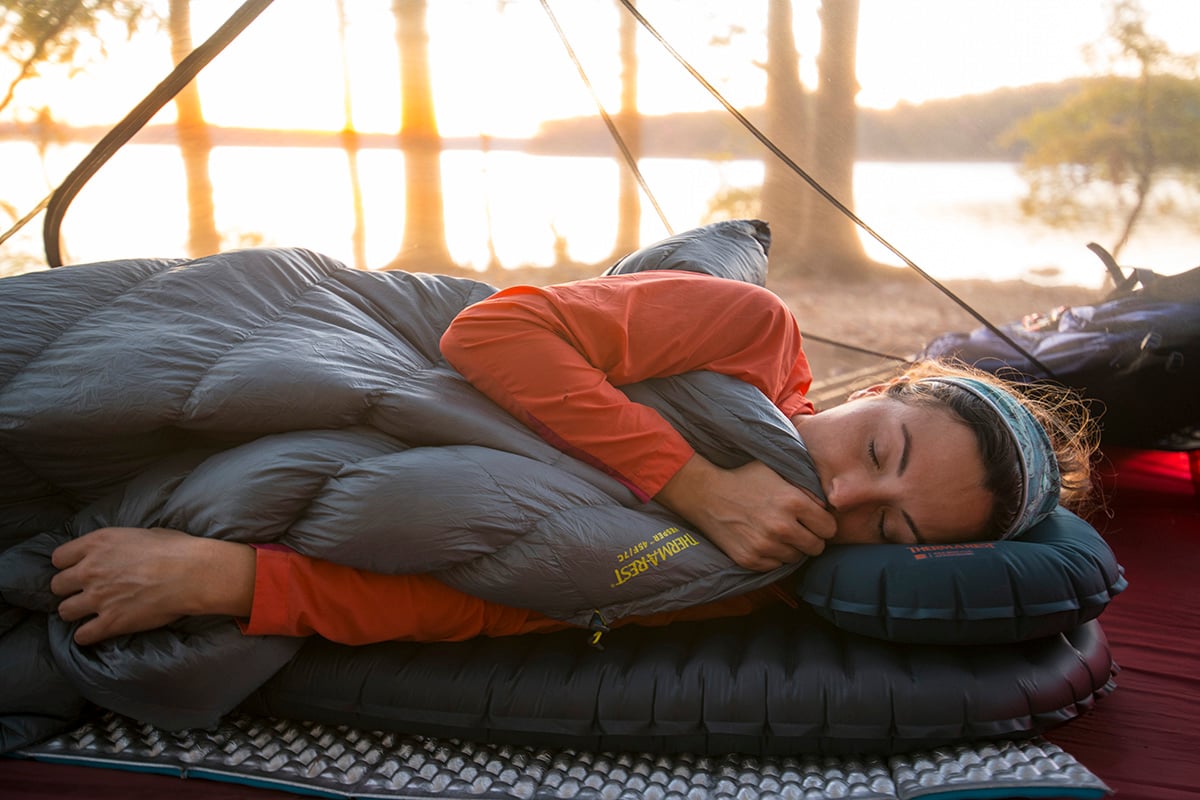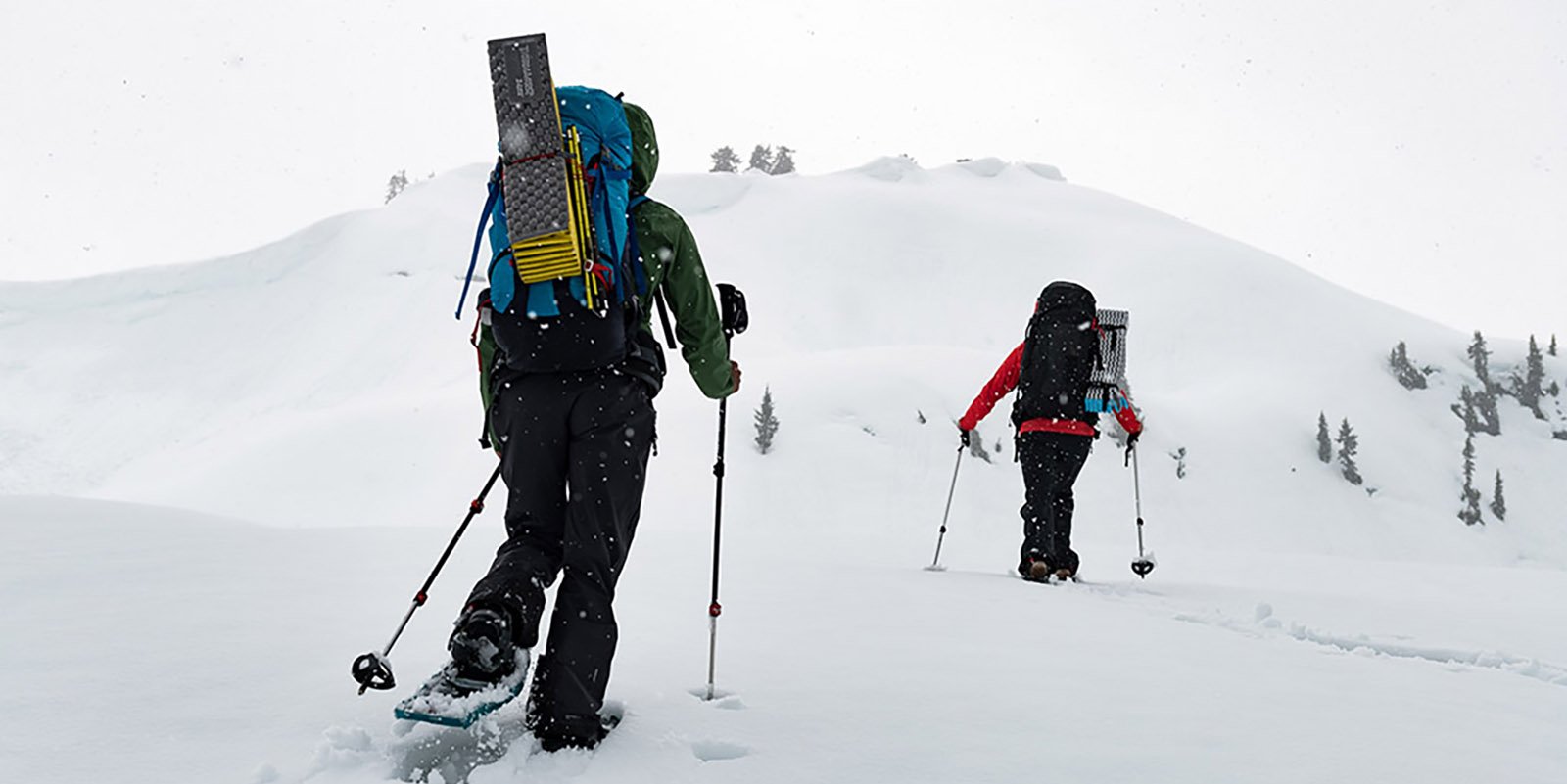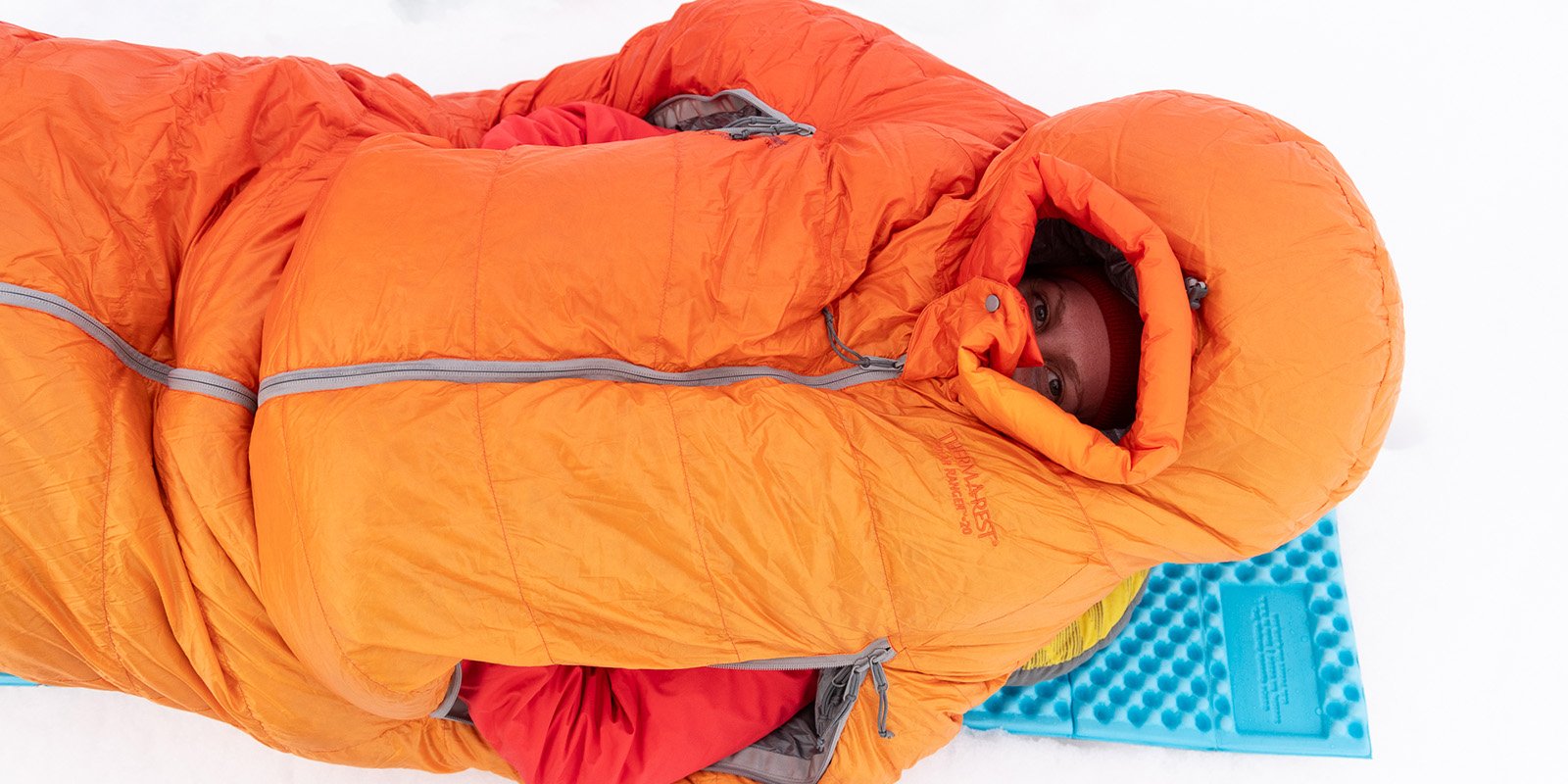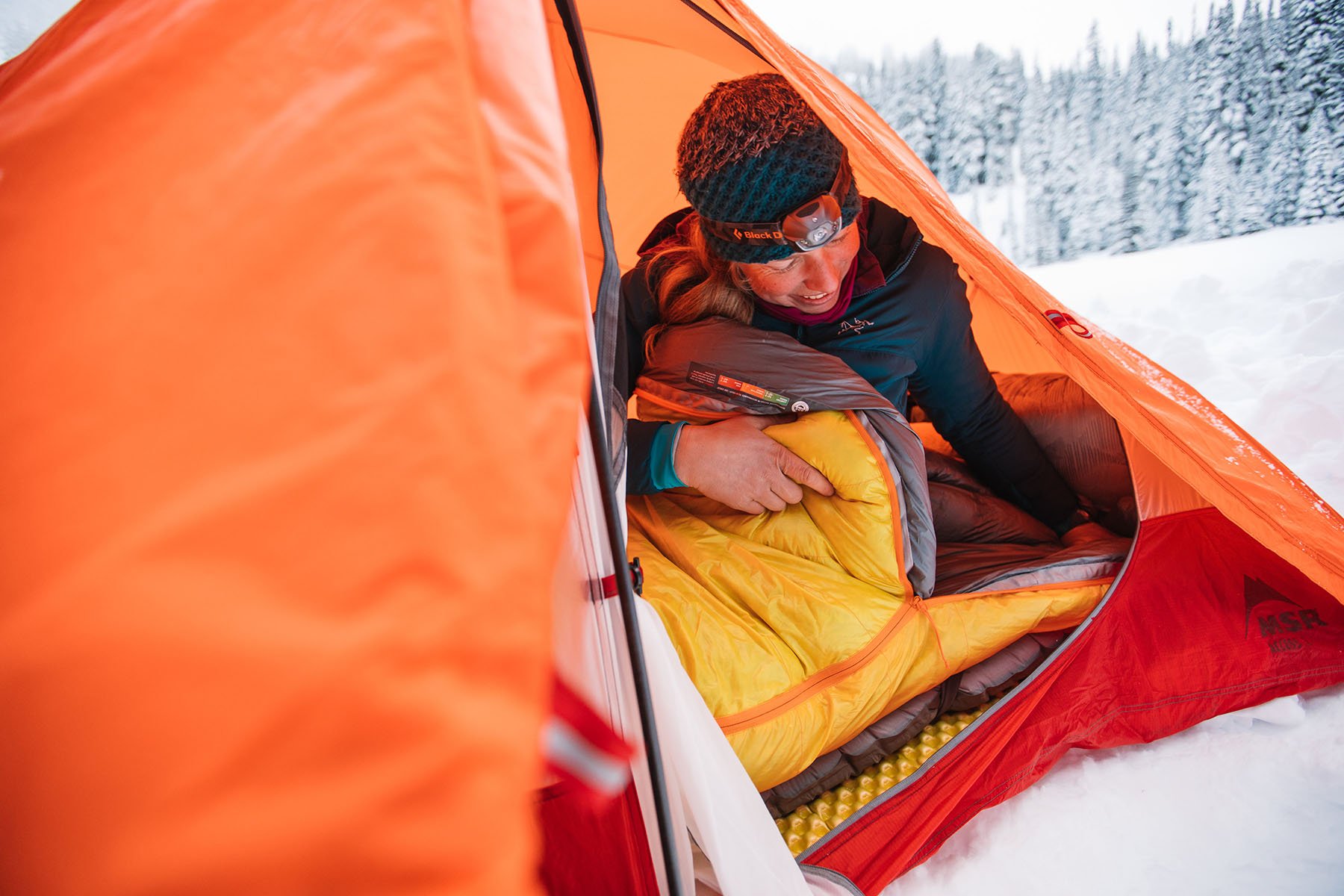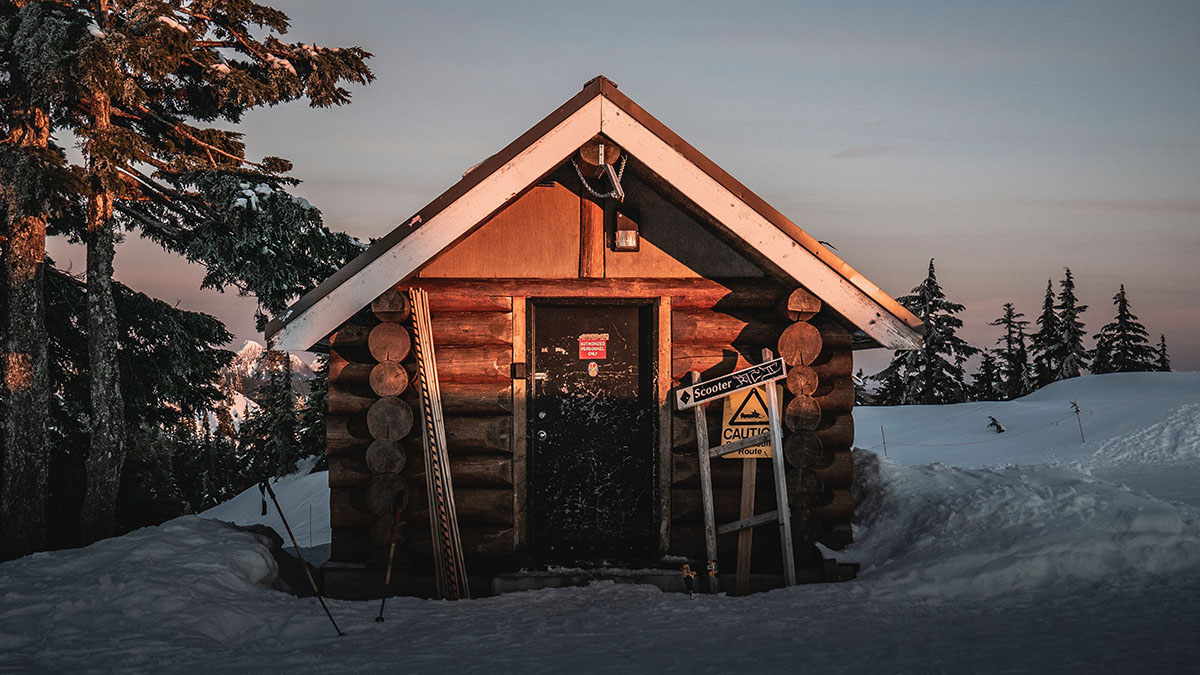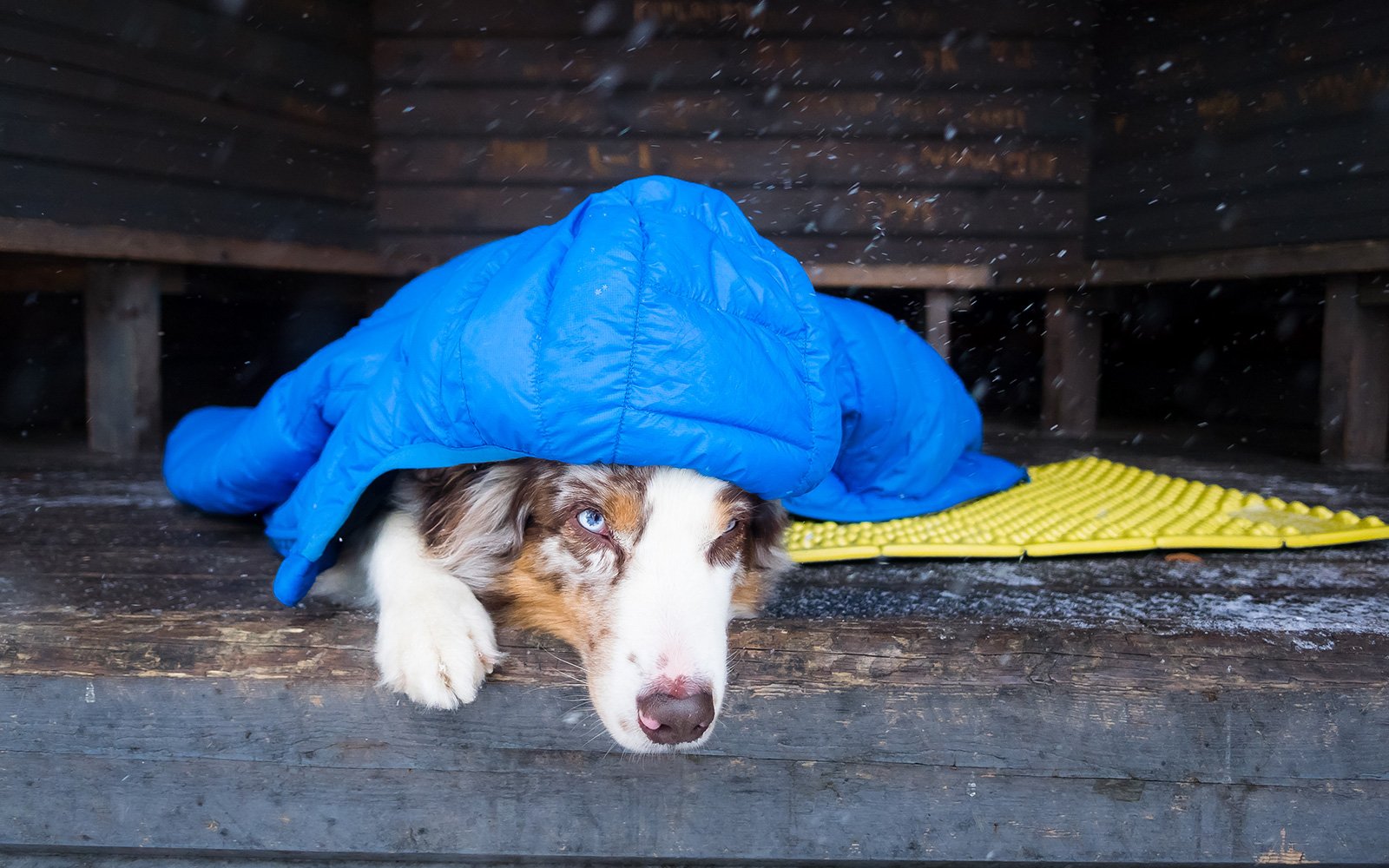As summer becomes fall and fall becomes winter, a new set of challenges arrives with winter camping. Packing lists get heavier and longer as you gather the right gear for staying safe and warm. Winter sleeping bags, warmer jackets, four-season tents, more fuel for melting snow…the list goes on. One critical piece of gear for warmth and safety is a reliable winter sleeping pad.
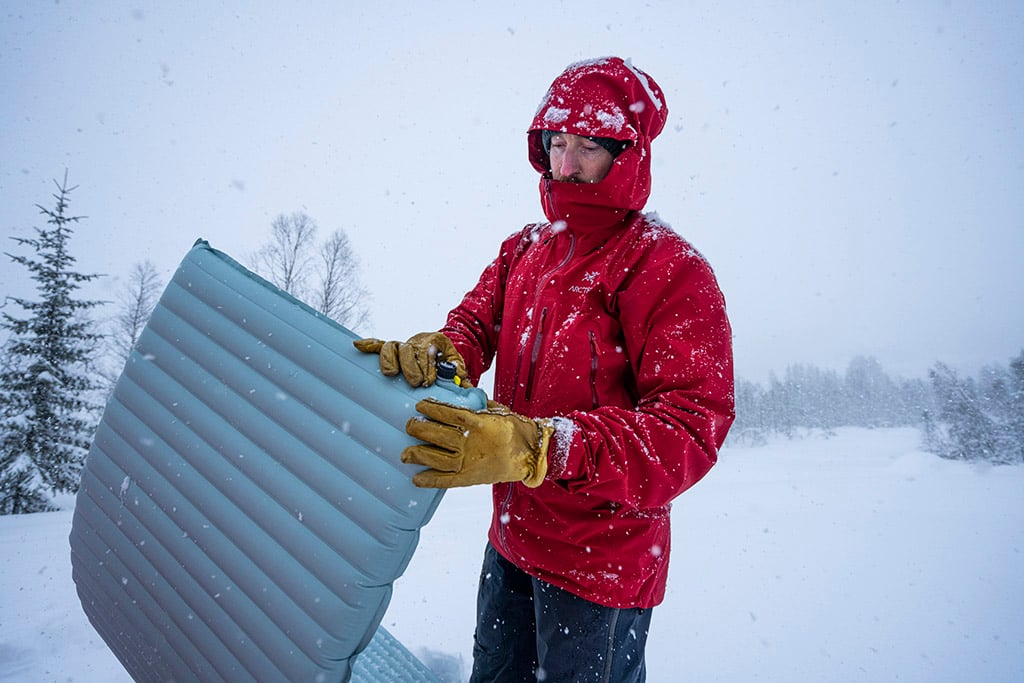
How to Choose a Winter Sleeping Pad
Choosing a winter sleeping pad is no different from choosing any other sleeping pad, except the pool of available pads is smaller. While you can use a winter sleeping pad in the summer, you shouldn’t use a summer sleeping pad in the winter.
When selecting your pad, follow the same basic principles as you would any pad (or piece of sleep gear for that matter).
- Figure out what kind of trip you’ll be going on: lightweight backcountry pursuits or frontcountry camping?
- Determine what conditions you expect on your trip. How cold is winter where you’re headed? Look at the R-value and determine which is appropriate for the temperatures you will encounter.
- Know what kind of sleeper you are. Do you require extra comfort or can you give up some comfort for a more compact sleeping pad?
Our Winter Sleeping Pads
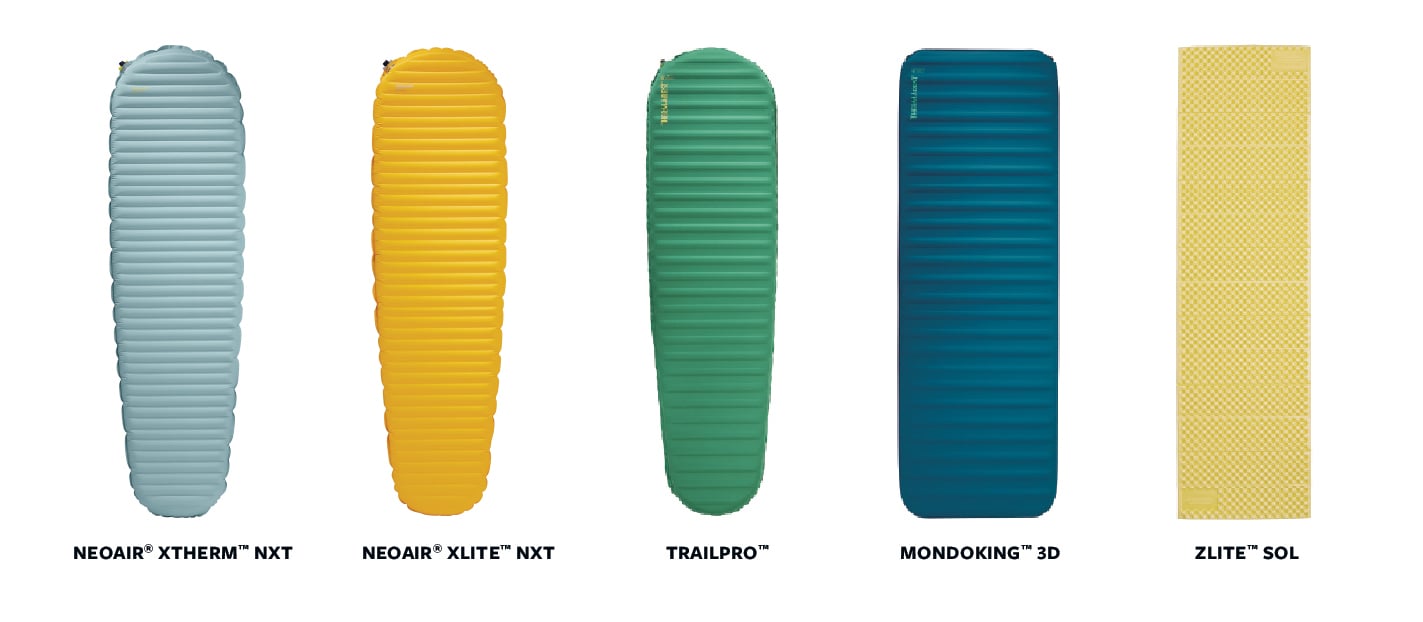
Air Inflate Sleeping Pads
NeoAir® XTherm™ NXT: The pad preferred by alpinists and mountaineers due to its amazing warmth-to-weight ratio.
R-value: 6.9
Weight: 17 oz (482 g) in the Regular size.
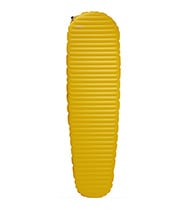 NeoAir® XLite NXT™: From weekenders to thru-hikers, the XLite can be found on just about any overnight trip that demands lightweight packing, space efficiency and high-performance gear.
NeoAir® XLite NXT™: From weekenders to thru-hikers, the XLite can be found on just about any overnight trip that demands lightweight packing, space efficiency and high-performance gear.
R-value: 4.2
Weight: 12.5 oz (360 g) in the Regular size.
Self-Inflating Foam Sleeping Pads
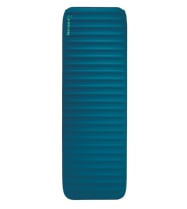 MondoKing™ 3D: The Mondo is the warmest pad we make, but also the biggest, heaviest and bulkiest—it’s the king of car camping comfort.
MondoKing™ 3D: The Mondo is the warmest pad we make, but also the biggest, heaviest and bulkiest—it’s the king of car camping comfort.
R-value: 7.0
Weight: 4lb 6 oz (1990 g) in the Large size.
Closed-Cell Foam Sleeping Pads
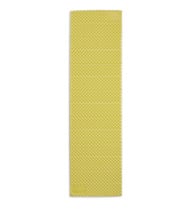 Z Lite SOL™: Alone, the Z Lite SOL is not a winter sleeping pad. But layered under another pad adds its R-value to the system and boosts comfort and warmth. Plus, why sit in the snow when you could sit on a closed-cell foam pad?
Z Lite SOL™: Alone, the Z Lite SOL is not a winter sleeping pad. But layered under another pad adds its R-value to the system and boosts comfort and warmth. Plus, why sit in the snow when you could sit on a closed-cell foam pad?
R-value: 2.0
Weight: 14 oz (410 g) in the Regular size.
What Makes a Winter Sleeping Pad?
Viewed side by side—and without prior knowledge—it would be pretty difficult to determine the differences between a winter sleeping pad and warm weather pad. The magic is in the inside. Internal construction and core type are what create the insulation capable of taking on winter temperatures.
Our air pads use Triangular Core Matrix construction and ThermaCapture technology. The self-inflating pads use thermal foam cores.

Triangular Core Matrix™ & ThermaCapture™
Our Triangular Core Matrix is comprised of two stacked layers of interior baffles. This layout and system of chambers results in hundreds of individual cells that efficiently retain heat. Down and synthetic insulation work by creating loft with thousands of tiny, heat-trapping air pockets. The TriCore Matrix takes that principle to a macro scale, and applies it to air pad construction.
An additional warmth measure is ThermaCapture™ technology. This is a thin heat reflective layer (or layers) that is embedded within the Triangular Core Matrix. ThermaCapture reflects radiant body heat back at the sleeper instead of letting it dissipate. More layers equals more warmth.
ThermaCapture is also the material responsible for the reflective silver side of the Z Lite SOL. The silver side is the top side by the way—you want it reflecting your body heat.
Thermal Foams
Thermal foams are proprietary foam formulations that are excellent at trapping warm air and minimizing its escape. Again, the insulation strategy is based on how many pockets of air can be heated. The more the merrier. This explains why the MondoKing 3D has a higher R-value than the TrailPro. There is simply more foam, which means more trapped warm air.
While a winter sleeping pad with a foam core will never be as lightweight and packable as an air pad, we have combined thermal foam with StrataCore™ construction to make our warmest and most packable self-inflating sleeping pads.
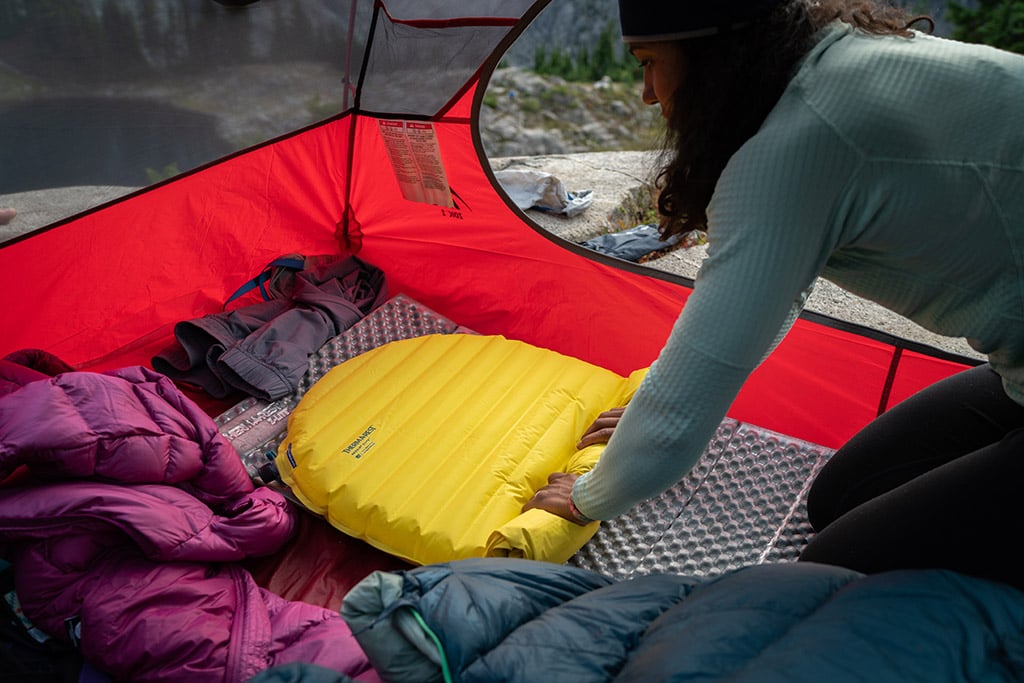
Layering Sleeping Pads
R-value is the key metric of a winter sleeping pad. The nifty thing about R-value is that it is additive. If you stack two pads, you can add their R-values to achieve a higher overall R-value. This makes the Z Lite SOL one of our lineup’s most exciting sleeping pads. In all but the coldest temperatures, you can rely solely on the 4.5 R-value of an XLite NXT. This R-value should be sufficient through the fall and into the winter, but there may be a point at which you’ll need an R-value in the XTherm NXT range—especially if you are a cold sleeper. By layering a Z Lite SOL underneath, your new R-value is 6.5. That’s not far off the XTherm at 7.3. Plus, you’ll get some much-appreciated protection underneath your air mattress and a mobile, indestructible seating pad to use around camp.
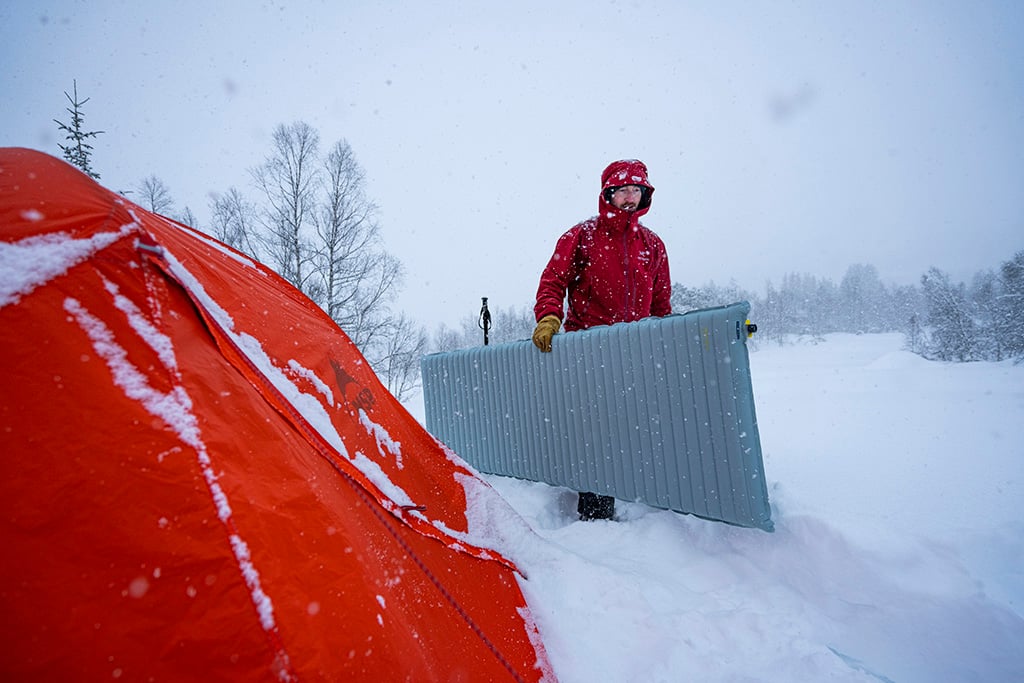
Which Pad Should You Choose?
Mountaineering:
Winter Backpacking:
- Xtherm NXT
- XLite NXT
- XLite NXT + Z Lite SOL
- If you have the space (maybe you’re on a boat?), a TrailPro
Winter Car Camping:
In the end, just like any gear selection, it’s a matter of balancing a winter sleeping pad’s attributes against your needs. We developed our line of high R-value pads to cover a wide range of needs and camping applications because we want everybody to have comfortable, warm, and safe nights under the stars no matter what time of year they head out.
The real takeaway, though? Always pack a Z Lite SOL. Just do it, and thank us later.
Related Posts:
- The Ultimate Guide to Therm-a-Rest Sleeping Pads
- Therm-A-Rest Sleeping Pad R-Value Rankings
- ASTM Standard – R-Value: Rating Sleeping Pad Insulation
Updated. Originally Published December 29, 2022.
